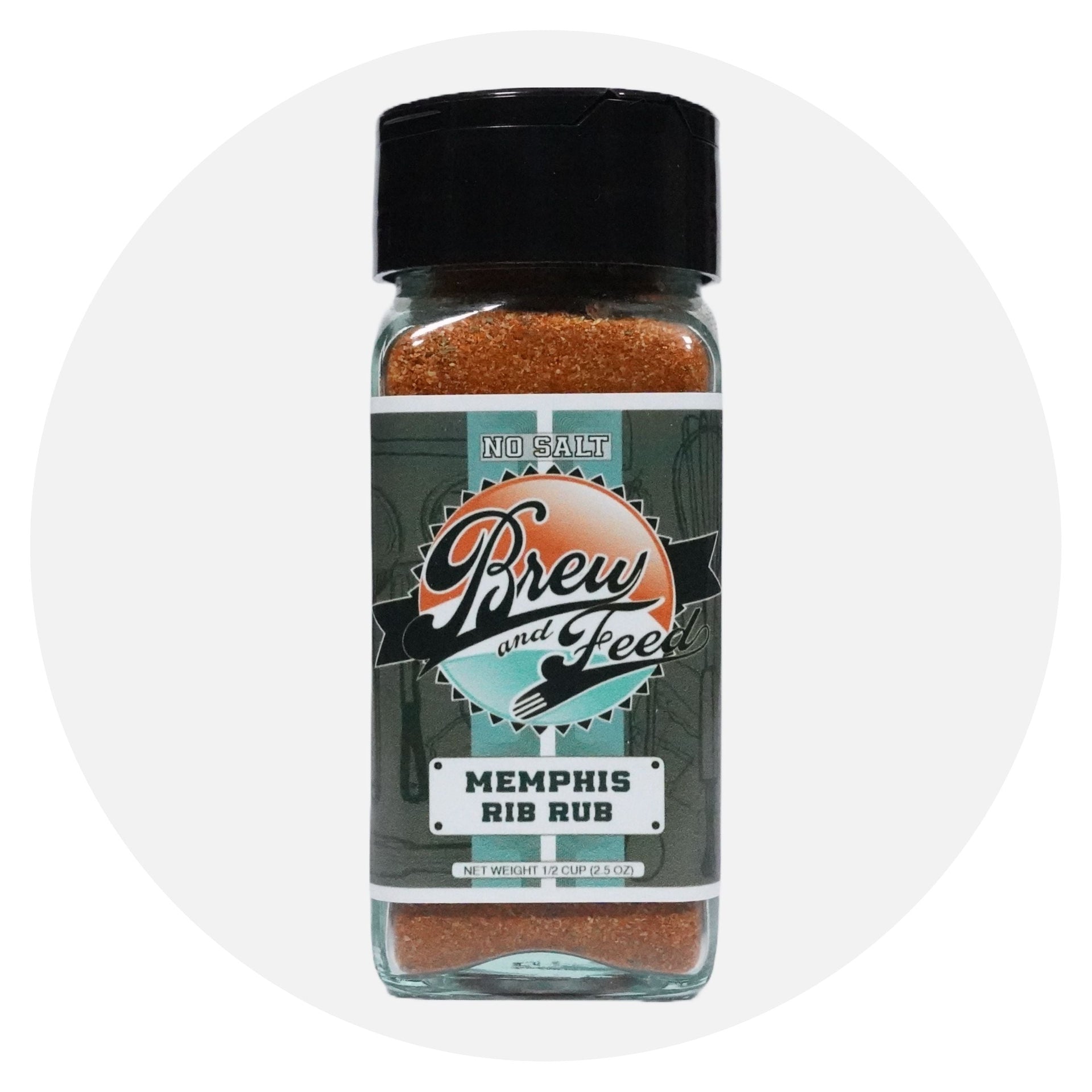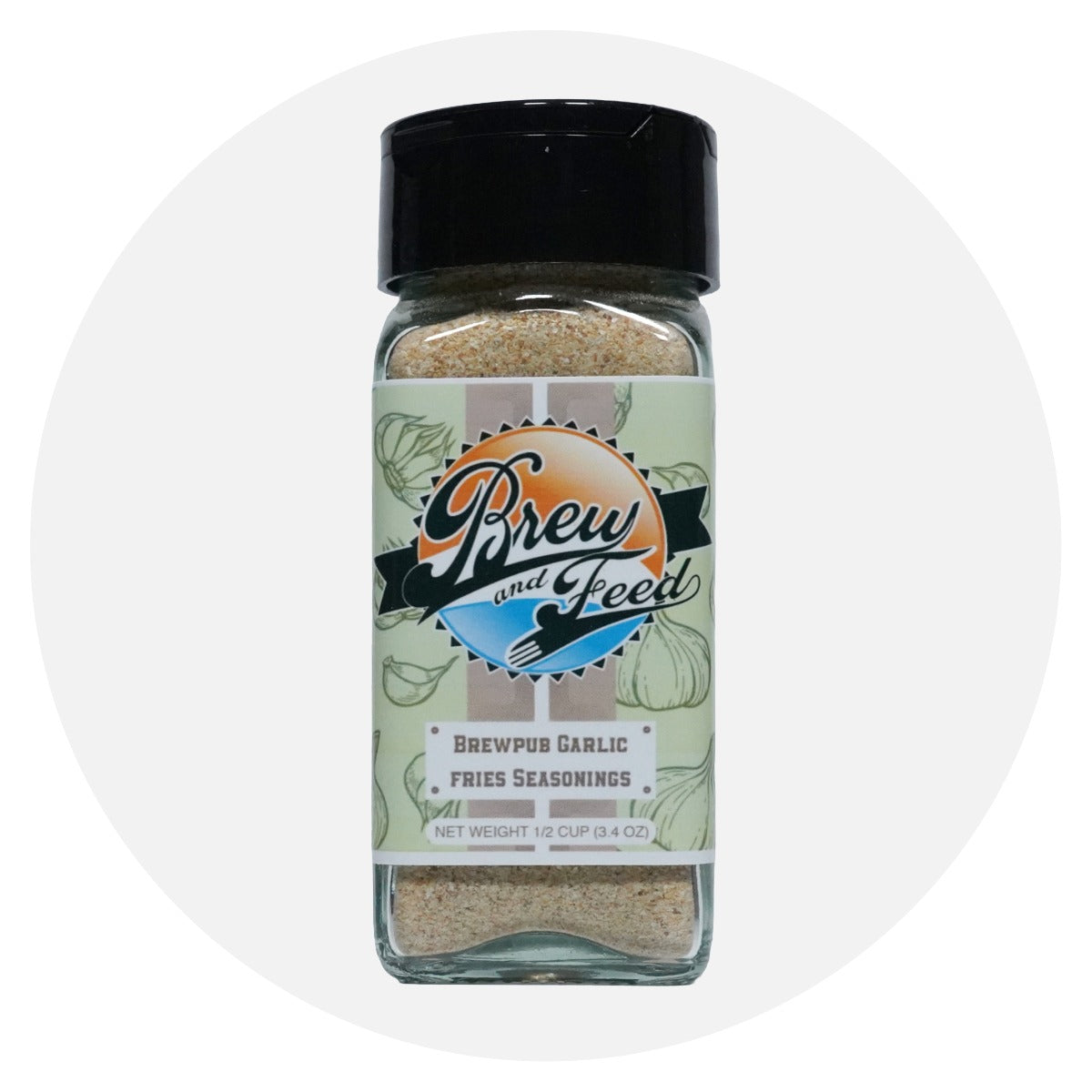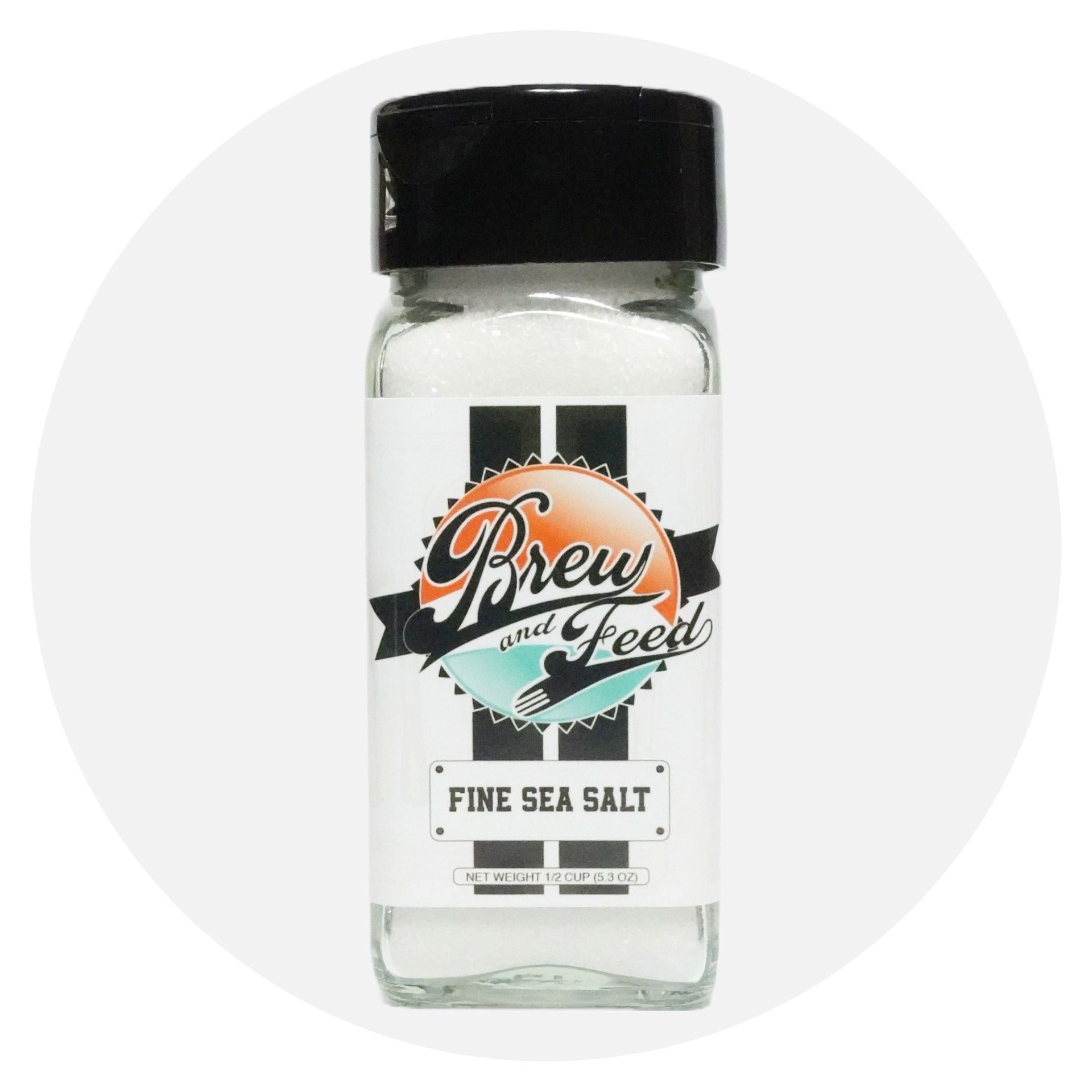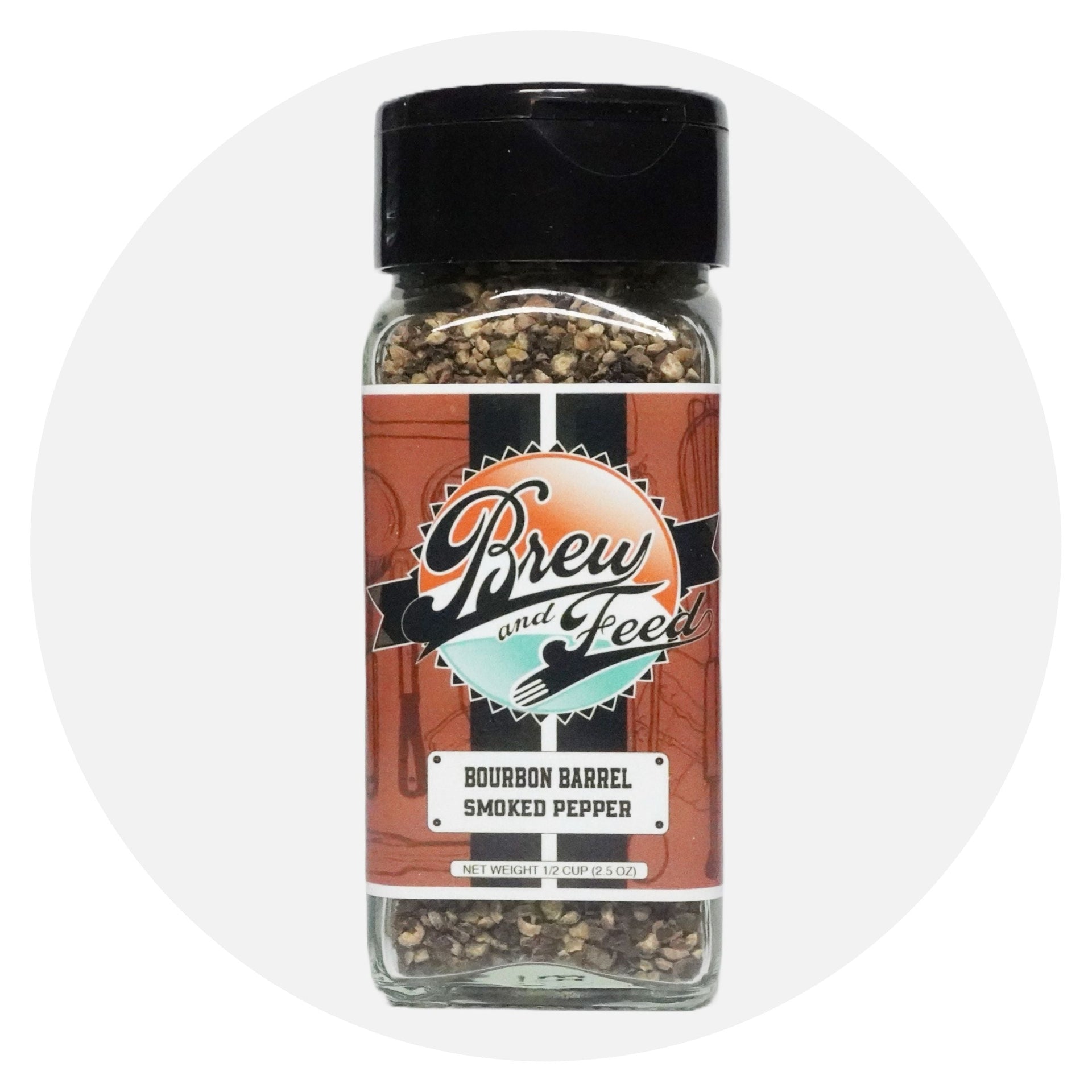
The Bitter Truth: What is Hop Utilization and Why It's Important
Hop utilization refers to the efficiency with which the compounds from hops, such as alpha acids, beta acids, and essential oils, are extracted and imparted to the beer during the brewing process. This extraction occurs primarily during the boiling phase when hops are added to the wort. The degree of utilization affects the bitterness, flavor, and aroma characteristics of the final beer.
Most brewers get an estimated hop utilization from the manufacturer of their brewhouse and start with that percentage as a baseline. This utilization is given as a percentage and can be as low as 70% or even as high as 110%. What this number is saying is that given the dynamics of how the boil and whirlpool work in a brewhouse you will extract more or less of the bittering, aroma and flavor compounds from hops.
Here are key points about hop utilization and its importance in brewing:
1. Bitterness Extraction:
One of the primary contributions of hops during the boil is the extraction of alpha acids, which contribute bitterness to the beer. Hop utilization is crucial in determining the level of bitterness in the final product. Brewers calculate International Bitterness Units (IBUs) to quantify the bitterness, and the efficiency of hop utilization influences this measurement.
The alpha acid content of hops is called Alpha Acid Units (AAU) and it is typically provided by hop suppliers as a percentage of the total weight of the hops and is calculated using the following formula:
AAU=Alpha Acid Percentage×Hop Weight (in ounces):
For example, if a hop variety has 10% alpha acid and you're using 2 ounces of it, the AAU would be .
2. Flavor and Aroma Contribution:
In addition to bitterness, hops contribute to the flavor and aroma of beer. Compounds such as beta acids and essential oils, which are responsible for hop flavor and aroma, are also extracted during the boil. Achieving optimal hop utilization helps in obtaining a well-balanced beer with the desired sensory characteristics.
The beta acid units (BAU) of hops is also provided by hop suppliers as a percentage of the total weight of the hops and is calculated using a formula similar to that of AAU: BAU = Beta Acid Percentage × Hop Weight (in ounces)
3. Economic and Consistency Considerations:
Efficient hop utilization is economically important for brewers. It allows them to extract the maximum flavor and bitterness from the hops, optimizing the use of this expensive ingredient. Proper utilization helps brewers achieve the desired beer profile without overusing hops, which can be cost-prohibitive.
Consistent hop utilization is crucial for achieving uniformity in the bitterness and flavor of batches. Brewers aim for consistency to produce beers with predictable characteristics, maintaining the quality and reputation of their products.
For simplicity let's say a recipe brewed on a system that has an estimated hop utilization of 70% gets brewed on a system that has a hop utilization of 100%. You'd need less kettle hops on the latter system because you are extracting much more of the alpha and beta acids from hops than on the former system. This can save you money and also insure that your beer has the same bitterness and flavor profile even though it is brewed on a different brewhouse.
4. Recipe Development:
Brewers take hop utilization into account when formulating recipes. The hop alpha and beta acids, the timing of hop additions during the boil, and the overall hop bill influence bitterness, flavor, and aroma profiles.
Brewing software does a lot of the calculation of overall hop bitterness in beer recipes for brewers but the brewer should adjust the alpha acid numbers for the particular batch of hops they are using since that can vary from hop batch to hop batch.
For example the recipe calls for 2 ounces of Centennial Hops that are 10% alpha acids that gets you 20AAU of bitterness. If you purchase a batch of Centennial hops that is 11.5% AAU you can use this calculation to achieve the same AAU while using less hops: Hop Target AAU / Hop AAU = Ounces of hops.
So given our example the amount of hops you need at 11.5%AAU to achieve a target of 20AAU is 20AAU / 11.5AAU which is 1.75 ounces of hops.
REMEMBER: The hop utilization of your brewhouse impacts your target AAUs so 1.75 ounces of Centennial in our example could turn into 2.2 ounces of hops at 75% utilization if you created the recipe before factoring in hop utilization.
A solid understanding of hop utilization relative to recipe formulation is essential for achieving a harmonious balance between malt sweetness and hop bitterness in the final beer. Controlling hop utilization helps brewers avoid beers that are overly bitter or excessively malty. We discuss how to balance hop bitterness and malt sweetness in beer recipes in our blog post titled "Crafting the Beer of your Dreams: An Adjective Based Guide to Craft Beer Recipe Design"
6. Technology and Techniques:
Advancements in brewing technology and techniques, such as whirlpool hopping and dry hopping, also play a role in hop utilization. These methods allow brewers to enhance hop flavor and aroma without significantly increasing bitterness.
In summary, hop utilization is a critical aspect of brewing that directly impacts the sensory characteristics and economic efficiency of the final beer. Brewers carefully manage the process to achieve the desired balance of bitterness, flavor, and aroma, contributing to the overall quality and appeal of the beer. After several brew days and tastings brewers either adjust hop utilization estimate for their brewhouse or make adjustments to their recipes to achieve the desired results while minimizing the cost of hops.




